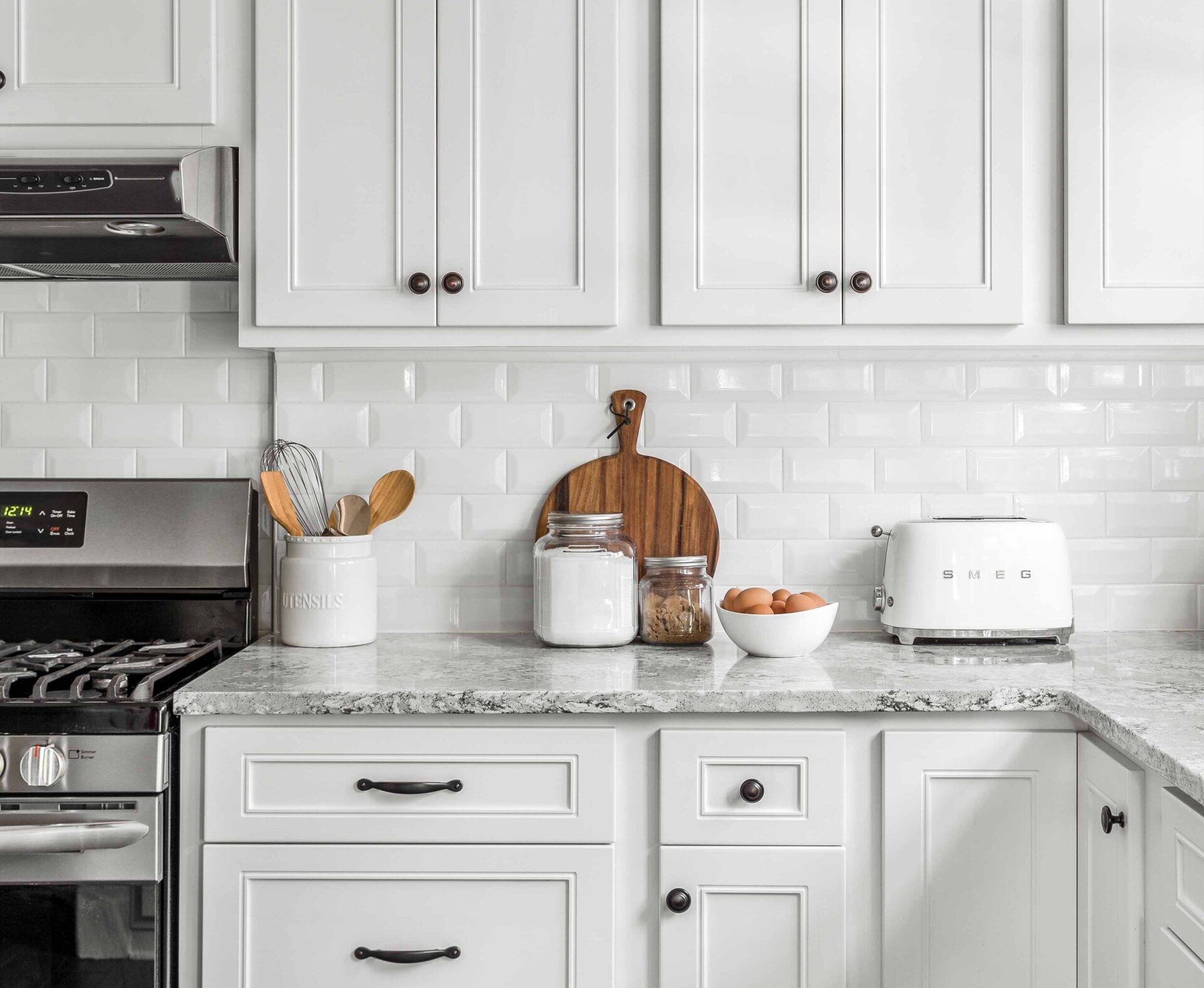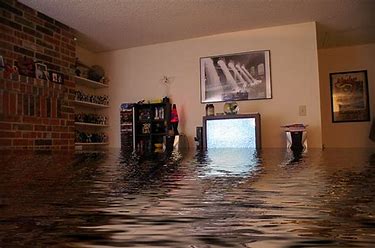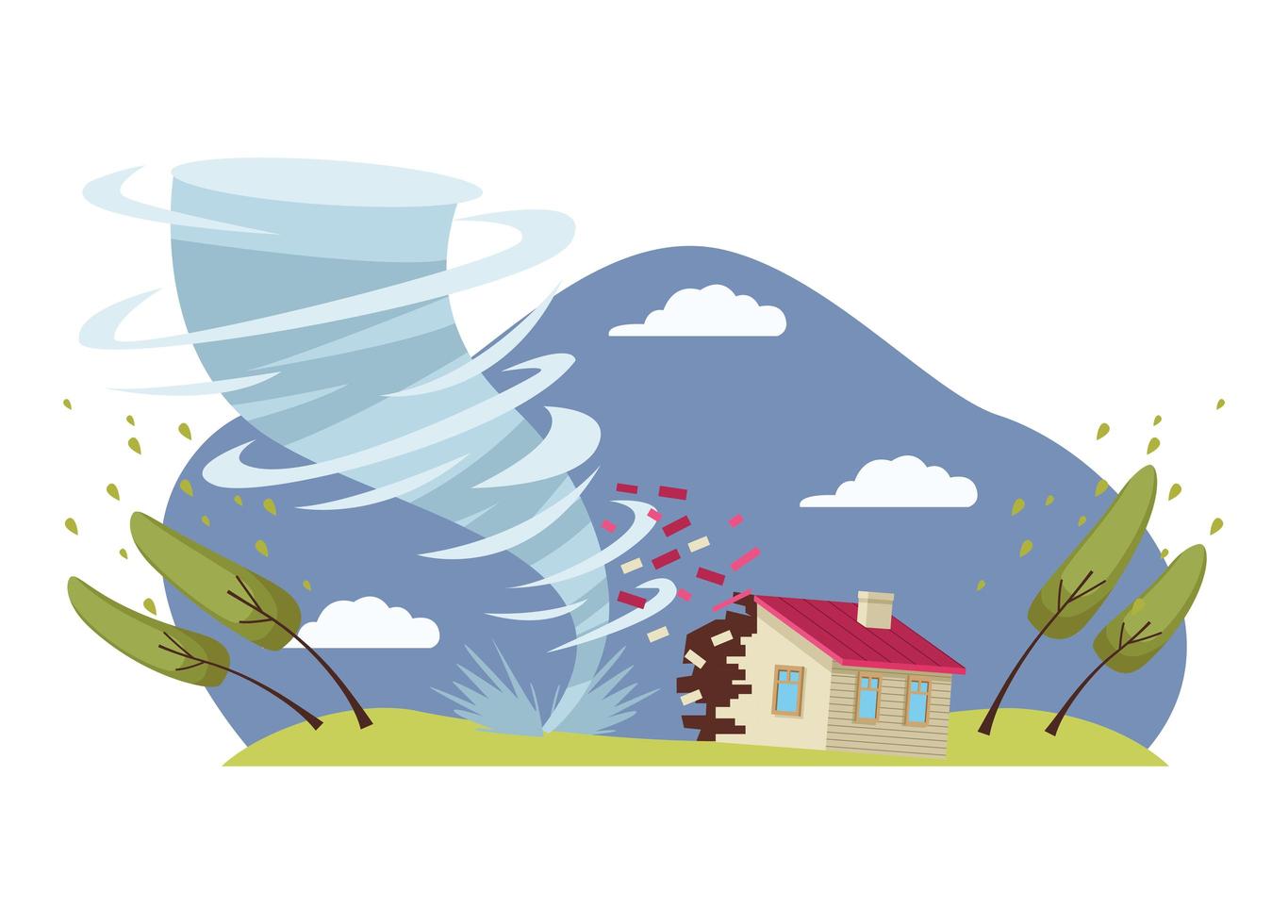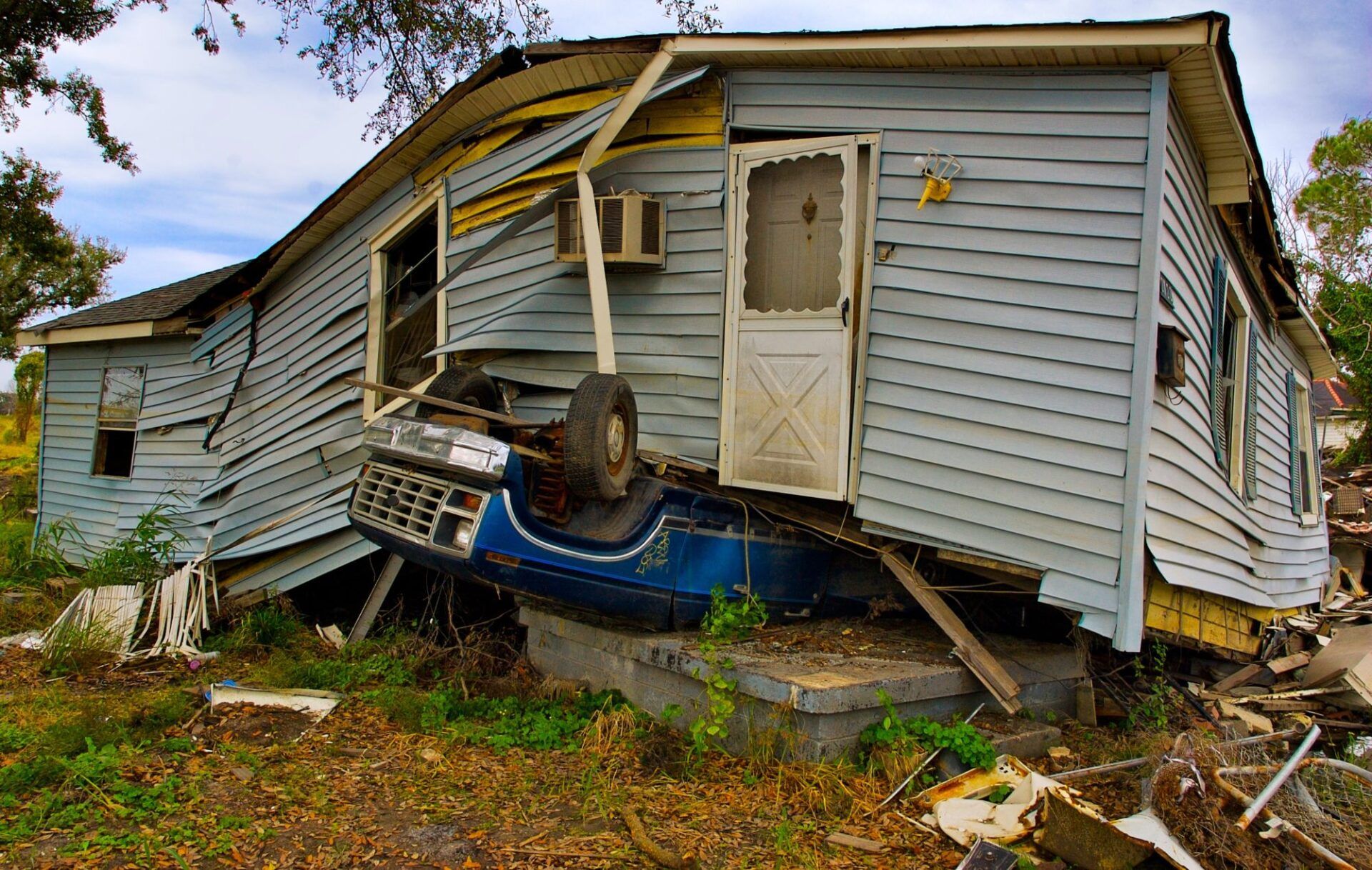Is There Water Damage to Your Cabinets?
Is There Water Damage to Your Cabinets?

The kitchen, the beating heart of every home, holds more than meets the eye. Likewise, the bathroom serves as a personal sanctuary. Both harbor numerous plumbing connections and a myriad of cabinets. Made from wood or composite, these cabinets can be painted, stained, or displayed with open shelving. However, should a leak occur, you may find yourself facing cabinet repairs or replacements.
Investing in your kitchen or bathroom cabinets is a considerable financial undertaking. The cost of kitchen cabinets, per linear foot, spans from $100 to an upwards of $500. Consequently, refurbishing or installing new cabinetry in a standard 10-by-10-foot kitchen could set you back between $5,000 and $6,000.
Rescuing Water-Damaged Cabinets
Even a minute amount of water can wreak havoc on MDF and solid wood cabinets, causing swelling, splintering, or extensive damage. When dealing with water-damaged cabinets, it's essential to assess the damage, eliminate the water, and thoroughly dry the cabinets. However, what exactly should you be vigilant about?
Recognizing the Telltale Signs of Water Damage
Understanding how to spot signs of water damage is critical. While a random droplet on the cabinet surface might seem inconsequential, consistent moisture build-up due to inadequate sunlight or ventilation becomes problematic. Depending on the cabinet material, water damage might take several forms. For instance, MDF cabinets, when exposed to moisture, are known to absorb it and expand, thereby destabilizing the material. Consequently, your kitchen cabinets may exhibit bubbling, peeling veneer, or in severe cases, complete disintegration.
Dark stains might plague wood cabinets as a result of water damage. So, if your cabinet’s shine or color starts to dull, it's time to do a thorough check. A soaked wood cabinet can also suffer damage to its paint, veneer, and even metal handles.
Detecting a Moldy Stench?
Cabinets, especially those hidden behind your sink, might emit a distinct mildew-like odor when affected by water damage. This smell can be reminiscent of mushrooms, damp soil, or even sour laundry. Accompanied by grey, white, or orange discoloration, this is a definitive sign of water damage.
Is Painting Over the Damage a Solution?
While painting over a water-damaged wooden surface might seem straightforward, tackling laminate kitchen cabinets can be more complex. Melamine, a thin polymer bonded to particleboard, provides a smooth and scuff-resistant surface. If the water hasn't delaminated the melamine from its base material, you can paint over the cabinets. However, this is merely a temporary solution if the structural integrity is compromised
.
The Benefits of Professional Cabinet Refacing
Striking a balance between an expensive total cabinet replacement and a high-end paint job, cabinet refacing emerges as a viable option. Professional refacing can replace water-damaged cabinet doors and drawer fronts, as well as repair veneer on box fronts and sides. However, it's essential to address the root cause of water damage before investing in new cabinet fronts.
In the event of a flood, your kitchen or bathroom cabinets will likely need repairs or replacements. Trained professionals, such as those from Restoration 1 of Central Bucks County, can provide expert water damage restoration services. Leveraging top-tier equipment and proven methods, they can meticulously restore and repair water damage to your property.









